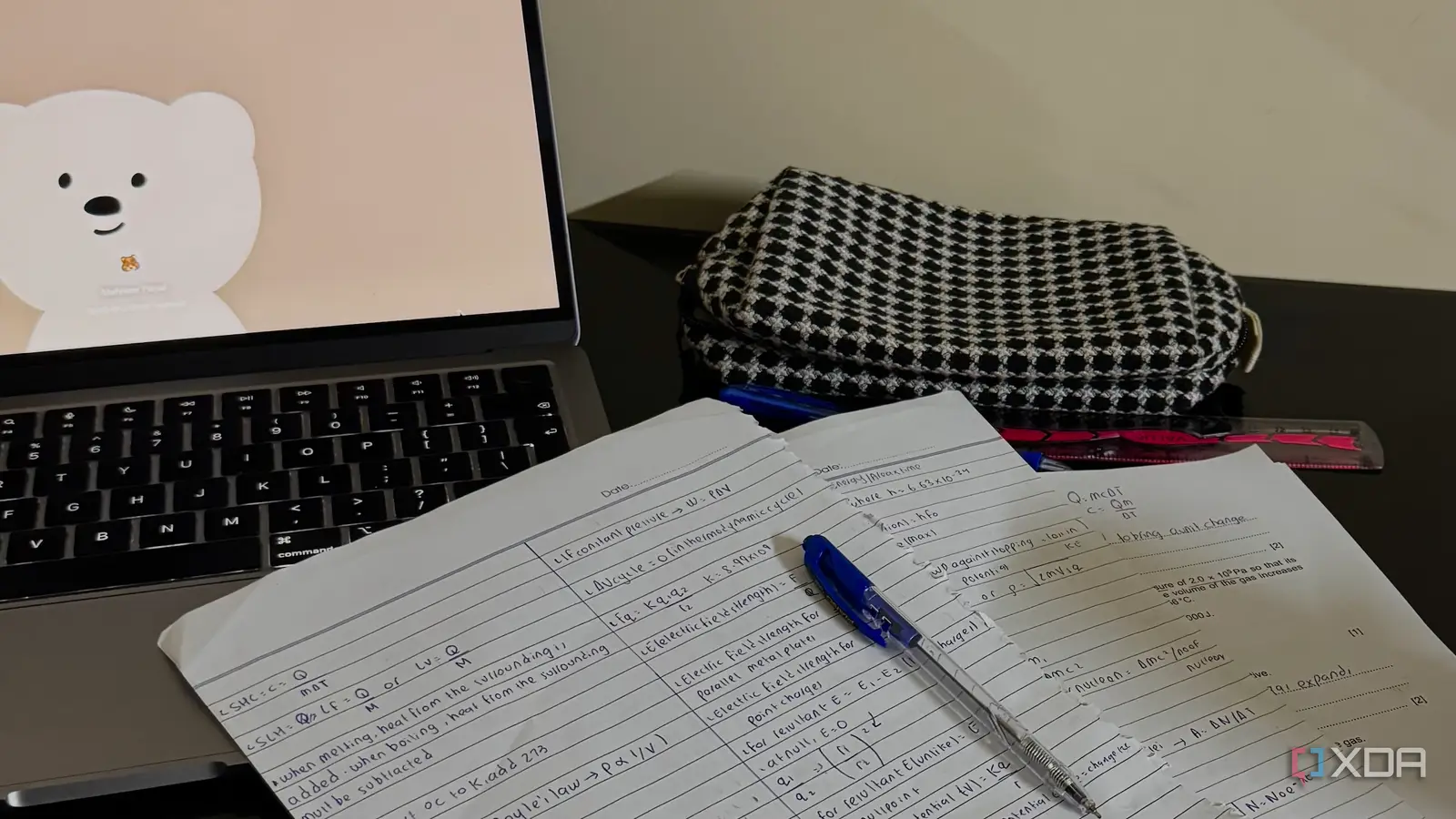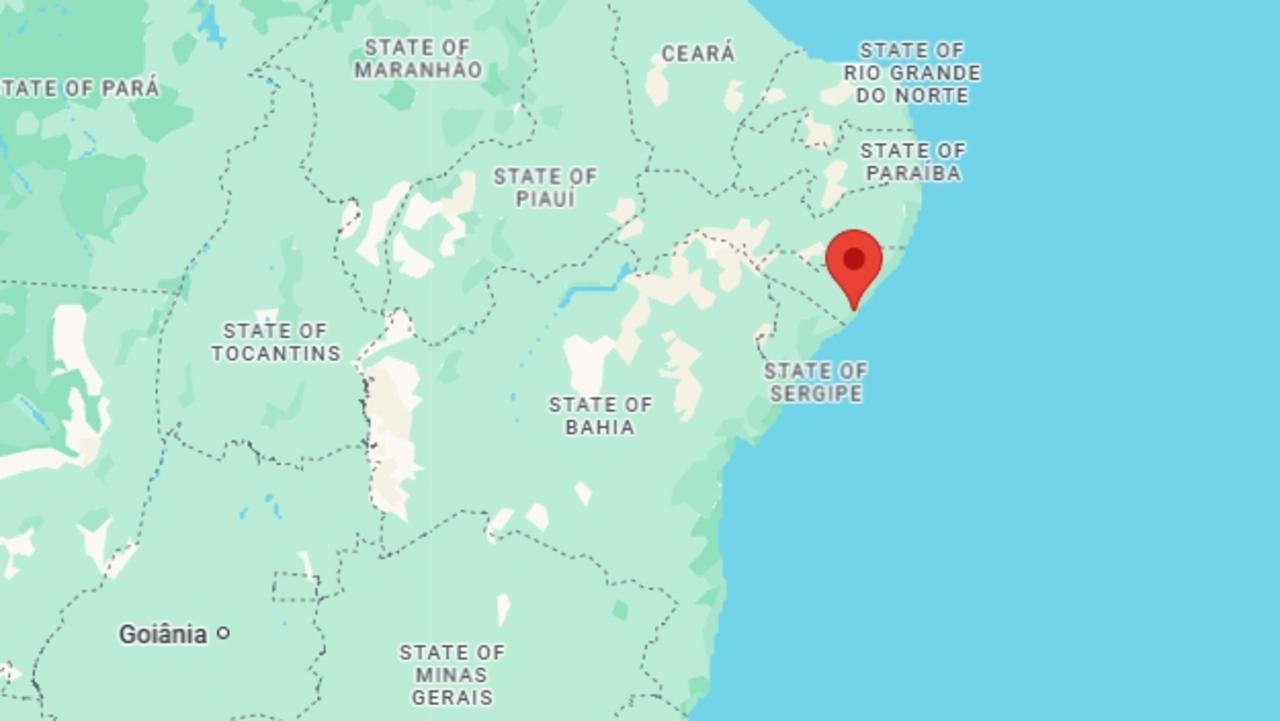
I’m currently a full-time student, and half of my day consists of note-taking. Though technology, especially AI, has made the tedious process of taking notes a lot easier than it used to be, the over-reliance on screens and digital tools has been making me feel more drained than ever. I switched to digital note-taking almost three years ago and currently use either my iPad or Boox Note Air 4c to take notes during college classes.
My major is computer science, which obviously involves a lot of staring at screens and coding. And given that my work involves typing all day, I spend over half the day in front of screens. Of course, by the time I’m done working and studying, the only way I have left to unwind is staring at yet another screen, which only adds to the digital fatigue. So, when trying to think of ways to overcome my digital burnout, I knew the only solution was to cut down on screen time. And the easiest way to do that was to bring pen and paper back into my note-taking routine.
I ditched screens for a hybrid note-taking system
Saying goodbye to my beloved iPad
Now, given my major and the nature of my work, I knew going fully offline wasn’t an option. Given that I spend around six hours daily note-taking on my iPad, I figured I needed to switch back to traditional pen and paper. This would reduce almost half of my day’s digital overload while still allowing me to capture and process information effectively.
Given that I take handwritten notes on my iPad using my Apple Pencil more often than I type out notes, adjusting to the feel of taking notes with pen and paper wasn’t too difficult. What I did miss was the convenience of having everything in a single place and being able to quickly search, organize, and reference my notes.
However, I had to pick between convenience and reducing my screen burnout, so I chose the latter. Though I was willing to give up some convenience, I still wanted the advantages of AI. AI tools have completely transformed how I study, so taking them out of the equation was simply not an option. I started experimenting with a hybrid system that allowed me to combine handwritten notes while still using AI to process and structure my notes.
With this mind, I kept my iPad aside and pulled out a couple of notebooks, and began taking all my notes by hand from that point on. There’s not a lot to talk about here — I’d simply take notes using pen and paper the same way I would on my iPad. I did make sure to take them as neatly as I possibly could, instead of scribbling quickly. This is especially important when it comes to this hybrid system I was trying to build, and it’ll make sense why later.
I then fed my pen-and-paper notes into NotebookLM
It’s 2025, AI’s here, might as well use it
Even before I switched to this note-taking system, I already knew exactly which AI tool I was going to feed my pen-and-paper notes to: NotebookLM. This was because general AI chatbots like ChatGPT and Gemini could help me understand new concepts, but they wouldn’t let me work with my own notes as a whole. Since Google’s NotebookLM works exclusively with documents you provide, I knew in theory that I could feed in the notes I took on paper, and then use the AI tool to summarize the notes and interact with them.
The only question was whether NotebookLM could handle handwriting and make sense of the notes I’d upload. As I mentioned above, I ensured to take my notes as neatly as I could. This was to make it easier for the AI to read, process, and turn my handwritten notes into a usable digital study resource. The first thing I did was take clear images of my notes. You can also scan your notes using any scanning app.
NotebookLM doesn’t accept image formats as sources, so once I had taken pictures of all the notes I wanted to study in a particular subject or topic, I converted all the images into a single PDF. I then created a new NotebookLM notebook and uploaded it as a source. To my surprise, NotebookLM handled my handwritten notes incredibly well. If you aren’t familiar with the AI tool, it has a range of learning tools like Flashcards, Quizzes, Mind Maps, and even the ability to convert your notes into podcast-style discussions (called Audio Overviews) or Khan Academy-like videos (called Video Overviews).
However, the only test I really needed to perform to see if NotebookLM had accurately processed my notes was to use its Chat functionality. If you aren’t familiar with it, you can ask the AI questions about the content in your uploaded documents, and it will answer based on your own notes. I asked NotebookLM a bunch of questions and verified the answers from my notes, and it consistently pulled accurate information directly from my handwritten notes. I could ask it to explain tricky concepts in simpler terms, summarize entire sections, or even compare different topics side by side.
After I put it through this test, I knew I didn’t have to worry about NotebookLM misinterpreting my handwriting or missing key details. Now, I simply use my pen-and-paper notes like I do any source. I generate Mind Maps when I’m dealing with especially complex topics that link to each other, create Flashcards when I’m revising for exams, and generate Audio Overviews when I’d like to quickly study on a walk or during my commute.
It’s essentially how I’ve been using NotebookLM to study all along, just with notes I take on paper. This approach keeps the benefits of handwriting my notes using pen and paper while still letting me leverage all the AI-powered features that we now have.
Perhaps old methods are really gold
If you told me a year ago that I’d one day ditch my iPad and move back to pen and paper, I would have simply laughed. It wouldn’t have been because I’d miss the convenience of taking notes digitally. After all, I spent all of high school taking notes the good ol’ way. Instead, I’d miss AI. With this hybrid system, I get the best of both worlds.



